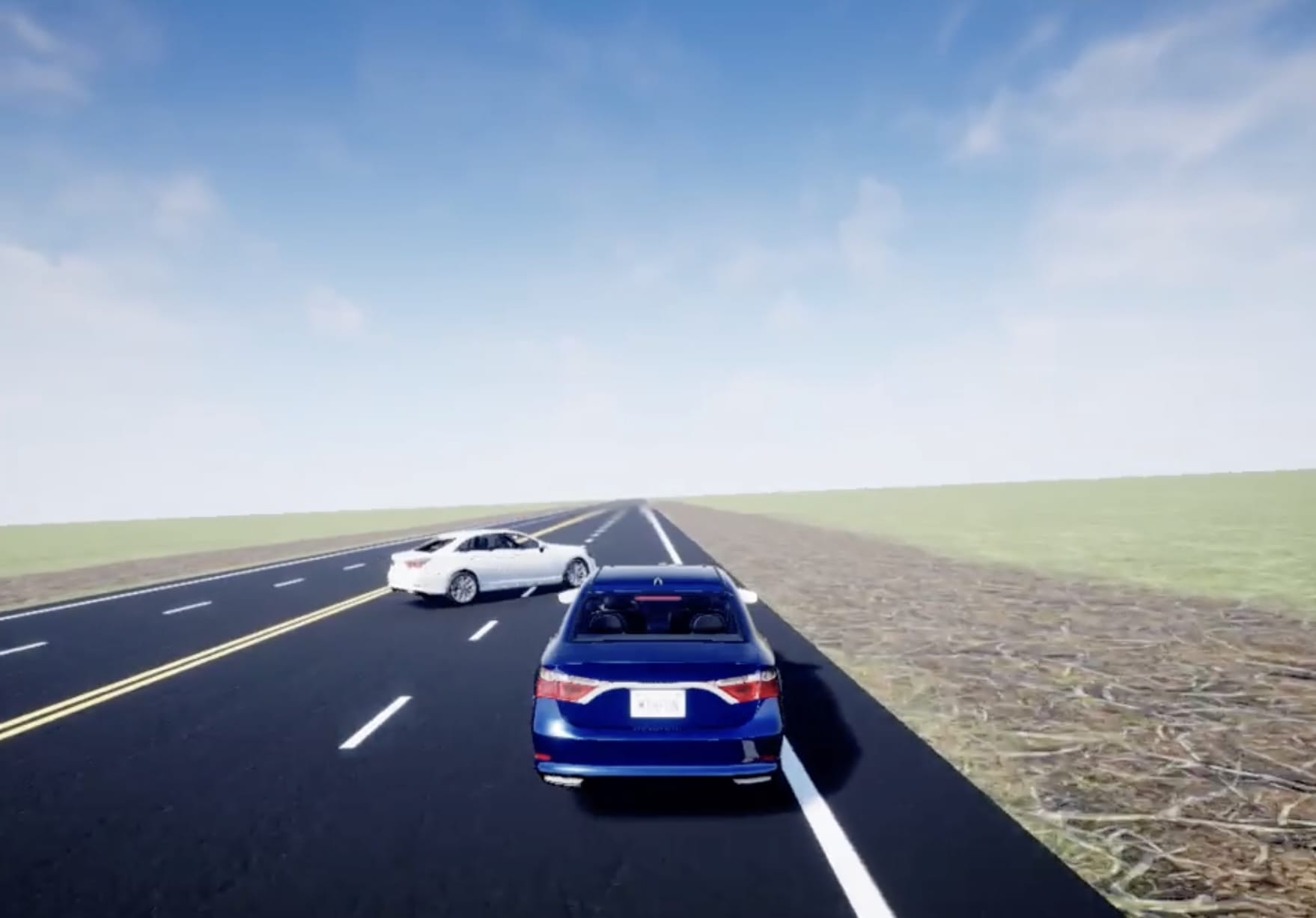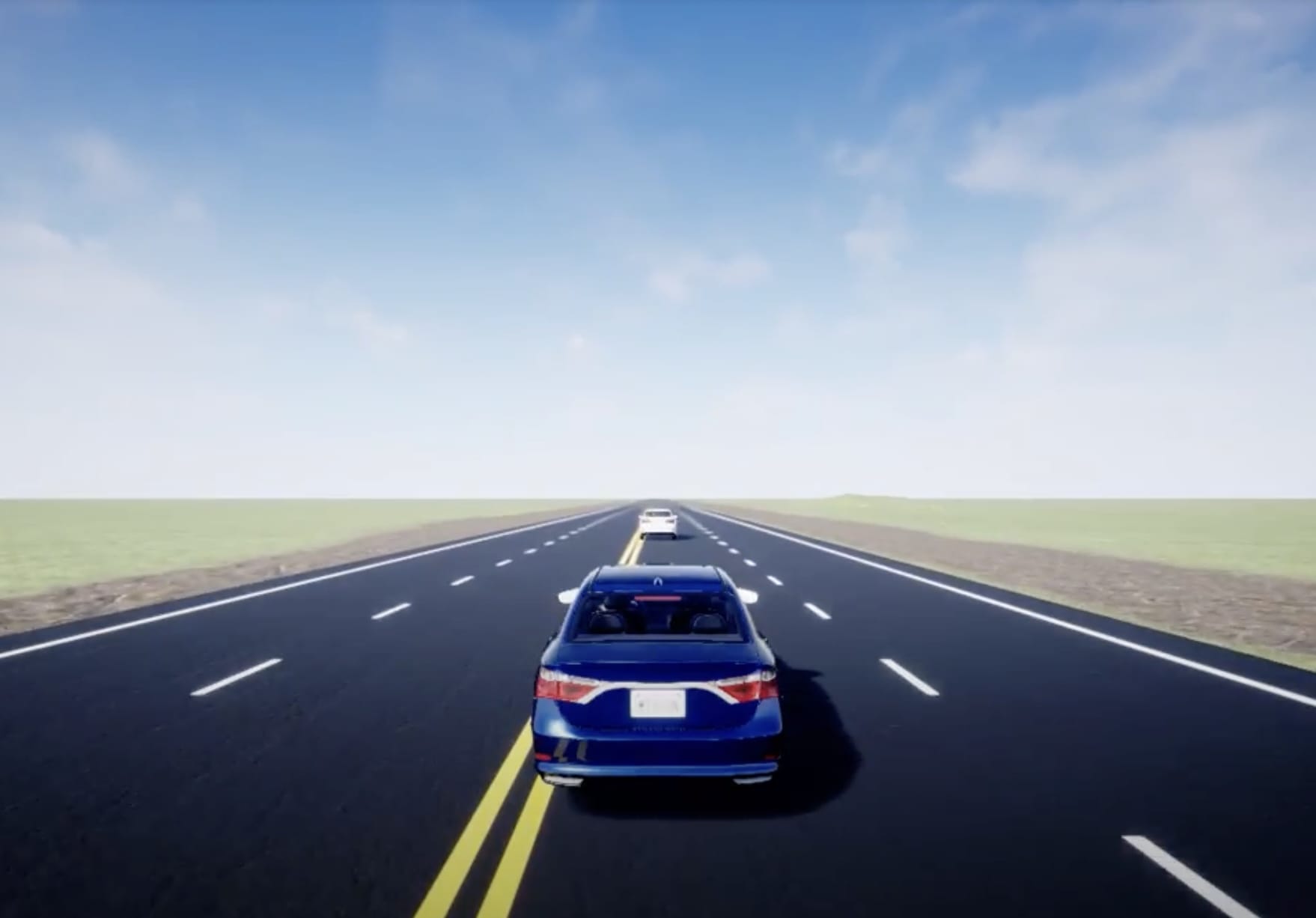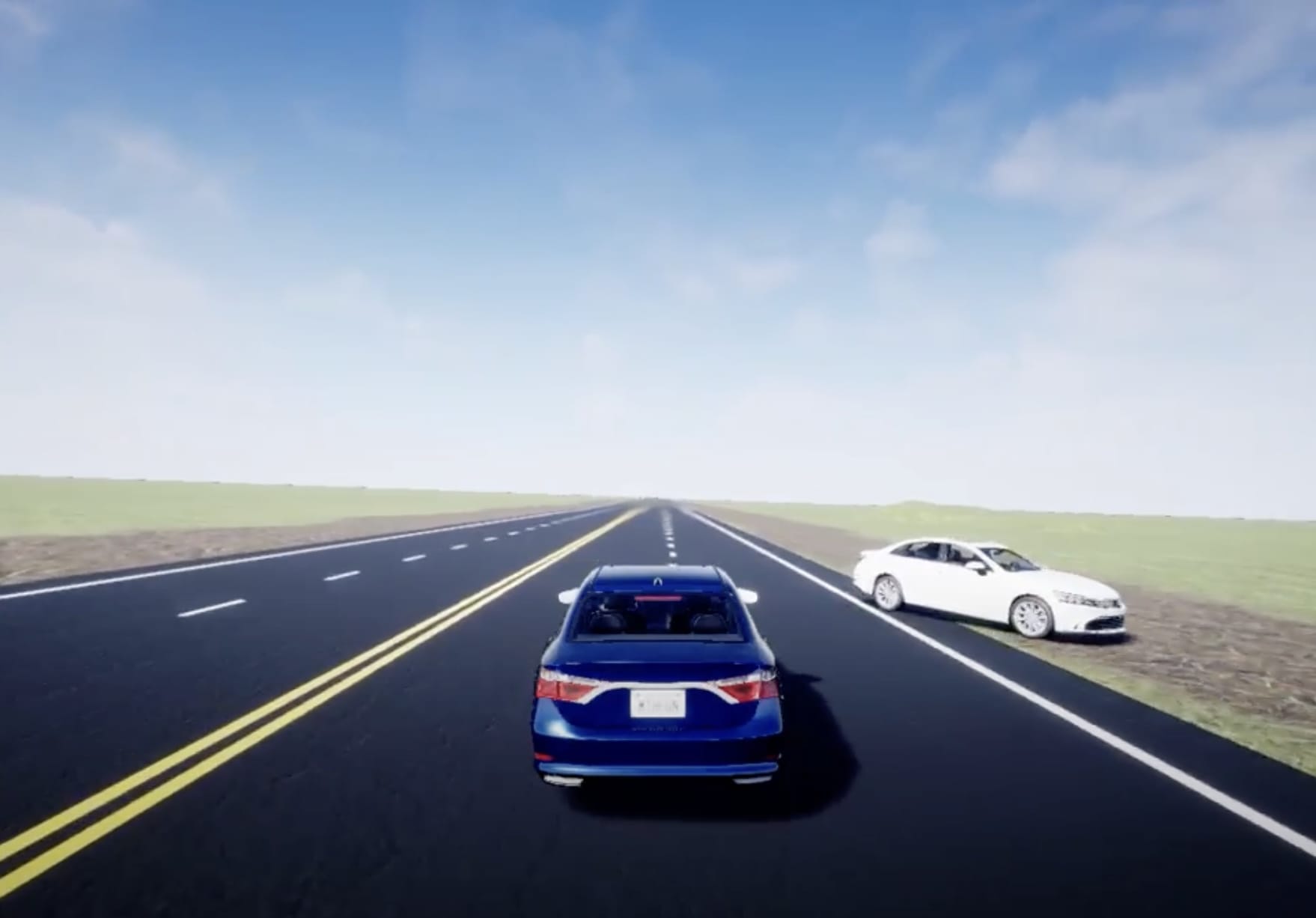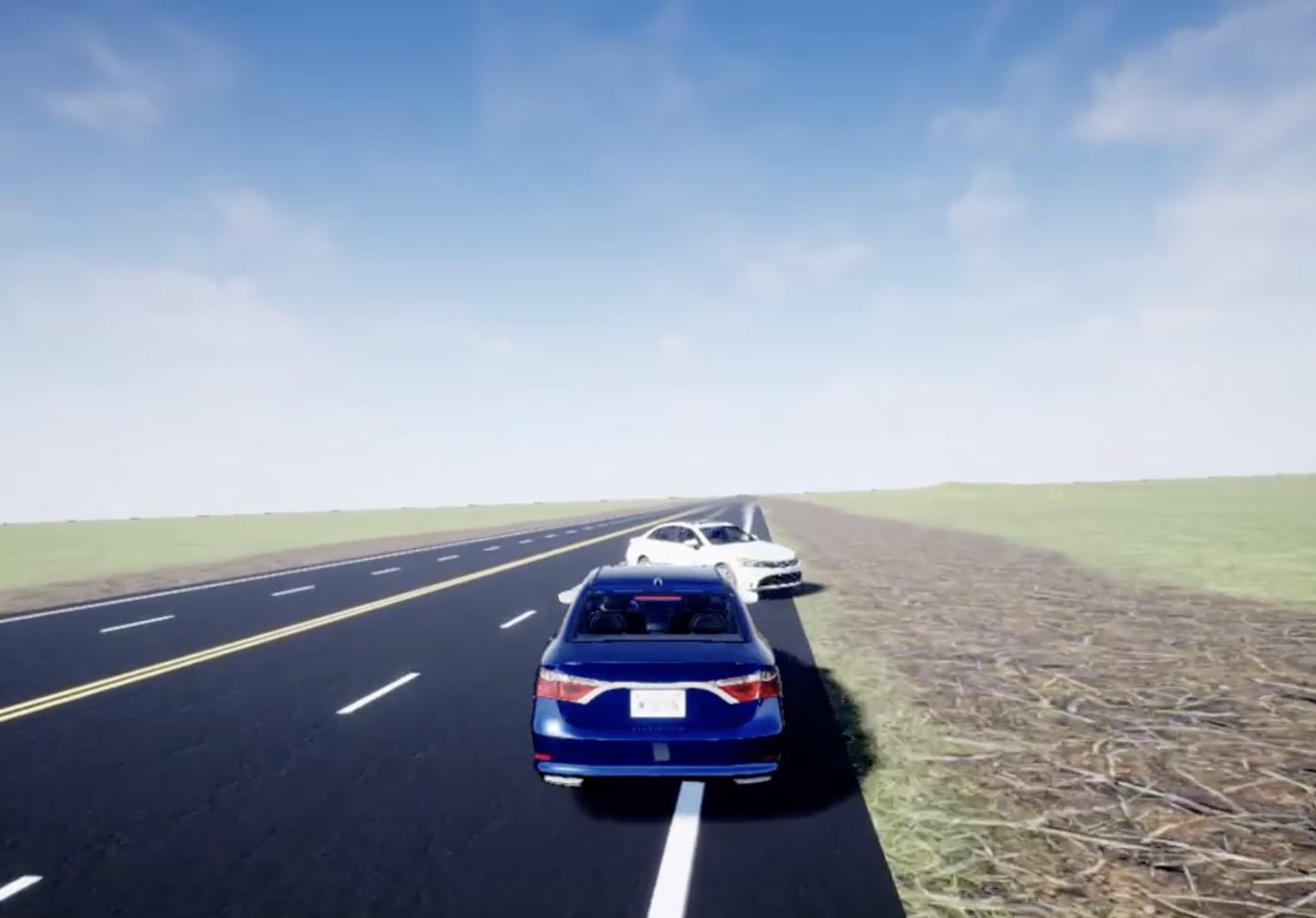The electric revolution is here - and with it the increasing safety and technological expectations that customers place on electric cars. Therefore, manufacturers have to react more and more quickly to market developments, regulations that are directed towards vehicles with zero emission values (ZEV) and also to significant pressure to reduce the price of electric cars. Eaton is thanks to its expertise and resources in the field of industrial electrification, the perfect partner to overcome the challenges faced by hybrid (PHEV, HEV) and fully electric vehicle (BEV) manufacturers. Its European Innovation Center in Roztoky near Prague recently presented its own virtual model of an electric car, which will contribute to accelerating further research and development in this area.
You could be interested in
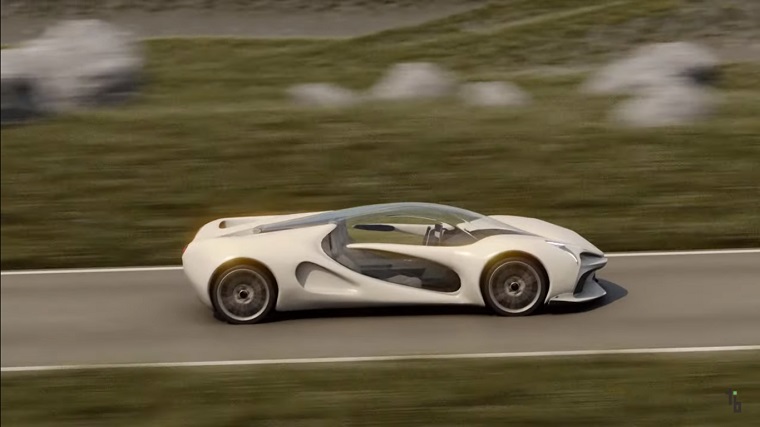
The Eaton company is increasingly dedicated to the electrification of vehicles and offers, among other things, the opportunity to try innovative design procedures for the development of new products. "Electrification plays a fundamental role in coping with ever-tightening emission regulations. We know that implementing new technologies is very expensive, which is why we work closely with our customers to develop modular and scalable systems. Our knowledge and experience make it possible to significantly shorten the development process and design commercially attractive environmentally friendly solutions," said Petr Liškář, a specialist for vehicle electrification. In this way, Eaton responds to the worldwide growth in demand for vehicle electrification. In the third quarter of last year, for example, it increased compared to the previous year the number of registered electric cars in Europe by 211% to a total of 274. By 2022, it is expected to be more than 20% of all vehicles sold in Europe are electric.
Eaton's European Innovation Center based in Roztoky near Prague, recently presented its own virtual model of an electric car, which enables research and development in this area to be fundamentally streamlined and further accelerated. "The biggest benefit of the model is its speed, modularity and the possibility to reproduce driving data from real traffic and the external environment," said Petr Liškář. The model was worked on by an international team of innovation center workers with the contribution of CTU, specifically the Smart Driving Solutions department, which is part of the Department of Control Technology at the Faculty of Electrical Engineering.
The presented two-track dynamic model of the electric vehicle allows developers to very quickly evaluate the contribution of new components to the overall operation of the vehicle. It is composed of a number of sub-subsystems, and in addition to the entire car, it allows the user to study and evaluate the functioning of individual structural groups. One of the key areas for ensuring the low consumption of electrical energy of an electric car is, for example, the inclusion of elements of passenger comfort equipment in the entire simulation. These include heating and cooling the interior, heated seats or a multimedia system. A partial subgroup of the virtual vehicle model is therefore the model of the air conditioning unit of the car, the model of the cooling circuit for the batteries and the traction drive systems.
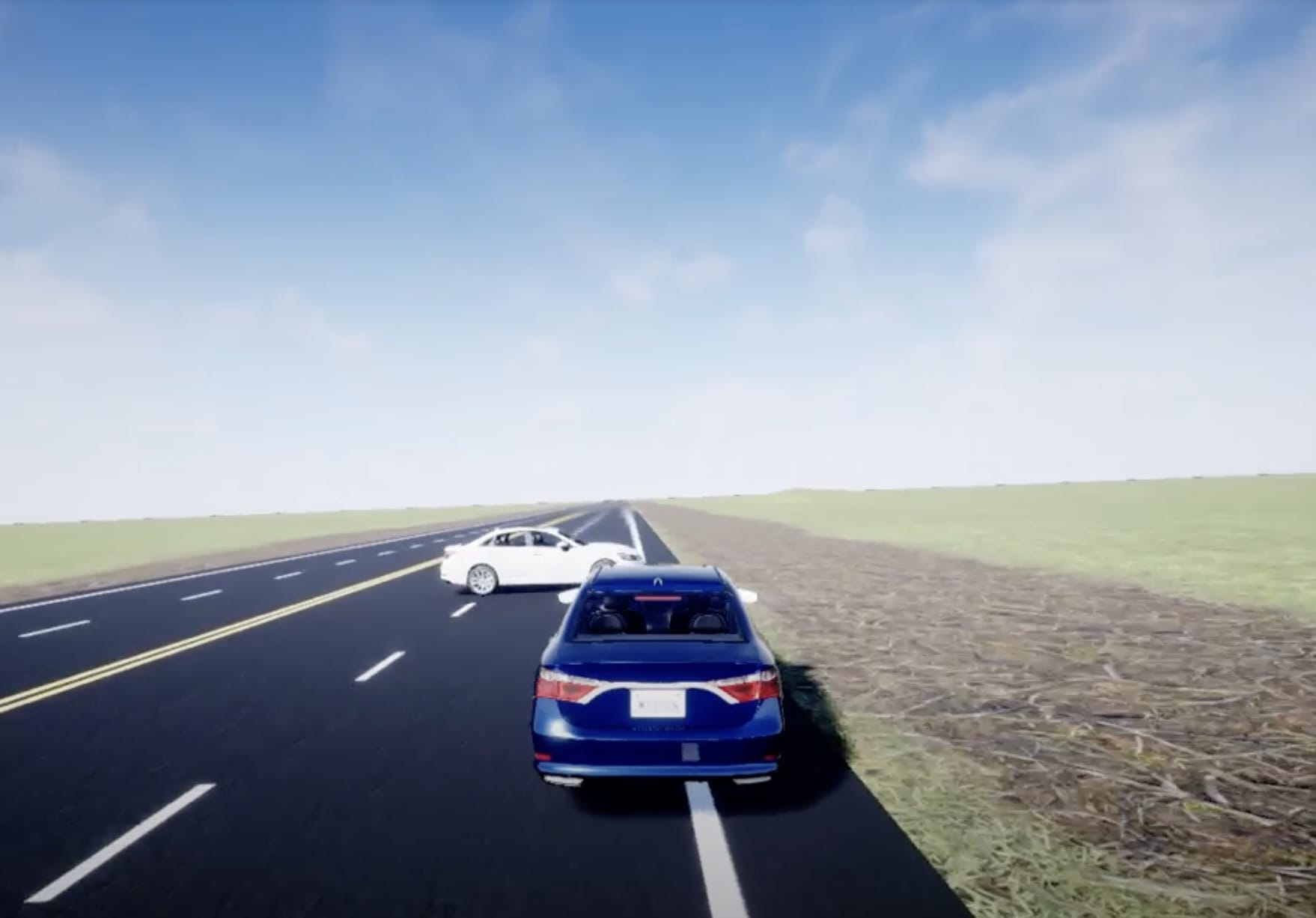
A great advantage of this virtual model is the possibility of simulating driving in a real environment using GPS data. This data can either be generated using a suitable route planning program, or also imported as a record of a trip already made. Driving through the specified route can then be reproduced completely faithfully, as the system also includes a model of autonomous driving of the car. Thanks to this, the behavior of the vehicle very well reflects the real driving dynamics and integrates elements of active safety equipment, such as the anti-lock braking system ABS, the wheel slip control system ASR, the electronic stability program ESP and the torque vectoring system. Thanks to this, it was also possible to proceed with the implementation of other factors of the real environment, such as altitude, air temperature, wind direction and intensity, even the current condition of the road, which can have a dry, wet or even icy surface.
A virtual vehicle can currently be configured with one or more different engines, inverters and transmissions at the same time. The model of the electric car is fully configurable and users can customize it according to their wishes or use only its partial parts for their work. The development was completed in the spring of this year and will be used for Eaton's internal needs, further development and internal tests.
